Semi Metallic Brake Pads
What Are Semi Metallic Brake Pads?
Semi metallic brake pads are a type of brake pad made from a combination of metal and organic materials like fiberglass or kevlar. The metal content, typically copper, steel, iron or other alloys, makes up around 30-65% of the pad material.
This is in contrast to ceramic brake pads which contain no metals, and are made entirely from ceramics, glass, minerals, and binder agents. Or standard organic pads made from fibers, fillers, binders and lubricants without any metal content.
The metal in semi metallic pads provides superior heat transfer and conductivity compared to other pad types. The pads are able to dissipate heat quickly into the rotor and surrounding components, preventing overheating.
The organic components bind the material together and provide friction. Many semi metallic pads use chopped steel or iron wool fibers which have high heat resistance. The fibers compress when force is applied, gripping the rotor surface securely during braking.
Overall, semi metallic pads offer an ideal balance between performance, durability, noise, dust and cost. The metal content gives excellent braking power and fade resistance compared to ceramics. And they produce less dust than fully metallic pads while lasting longer than organics.
SEMIMETALLIC BRAKE PADS
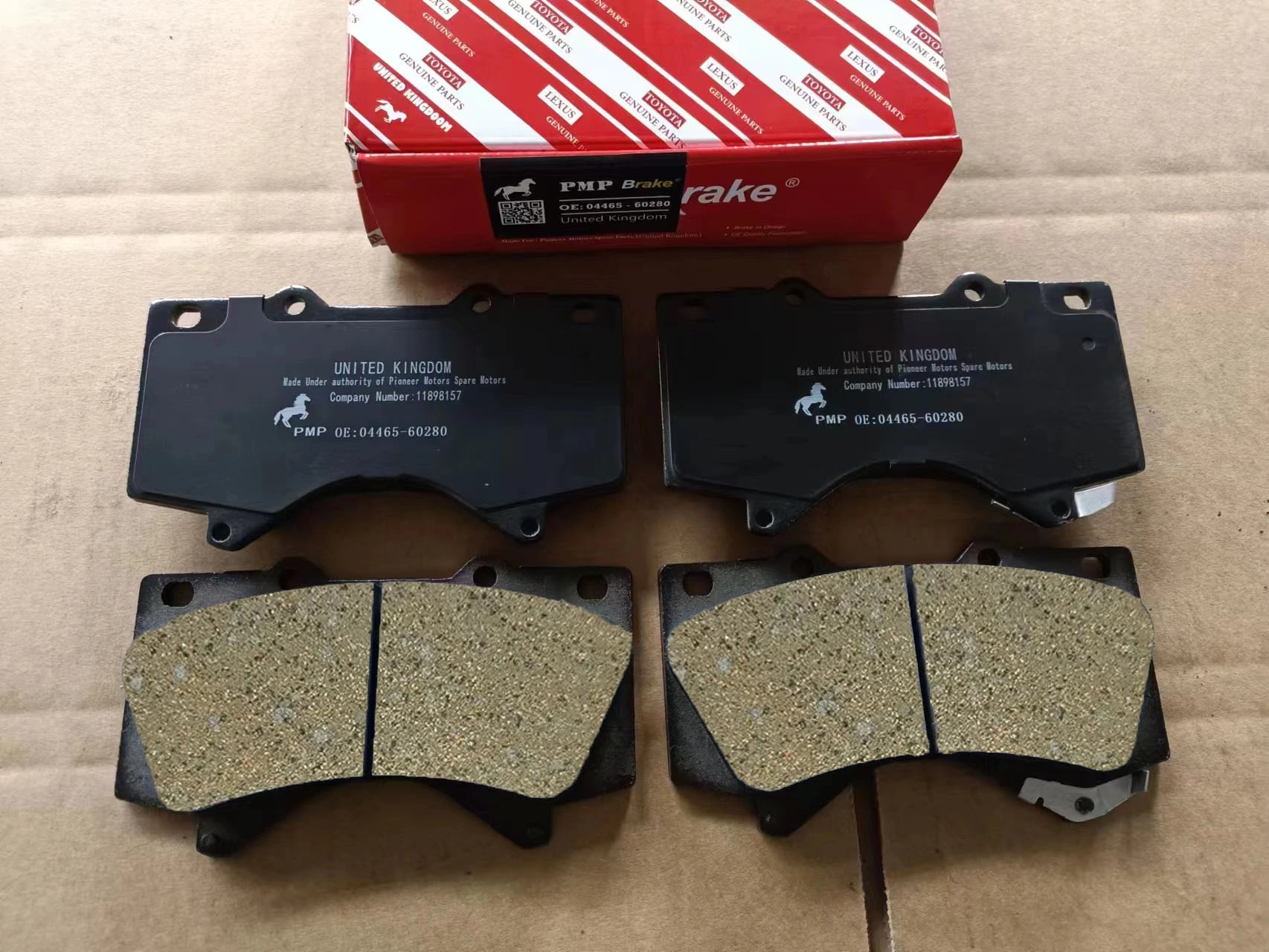
SEMIMETALLIC BRAKE PADS
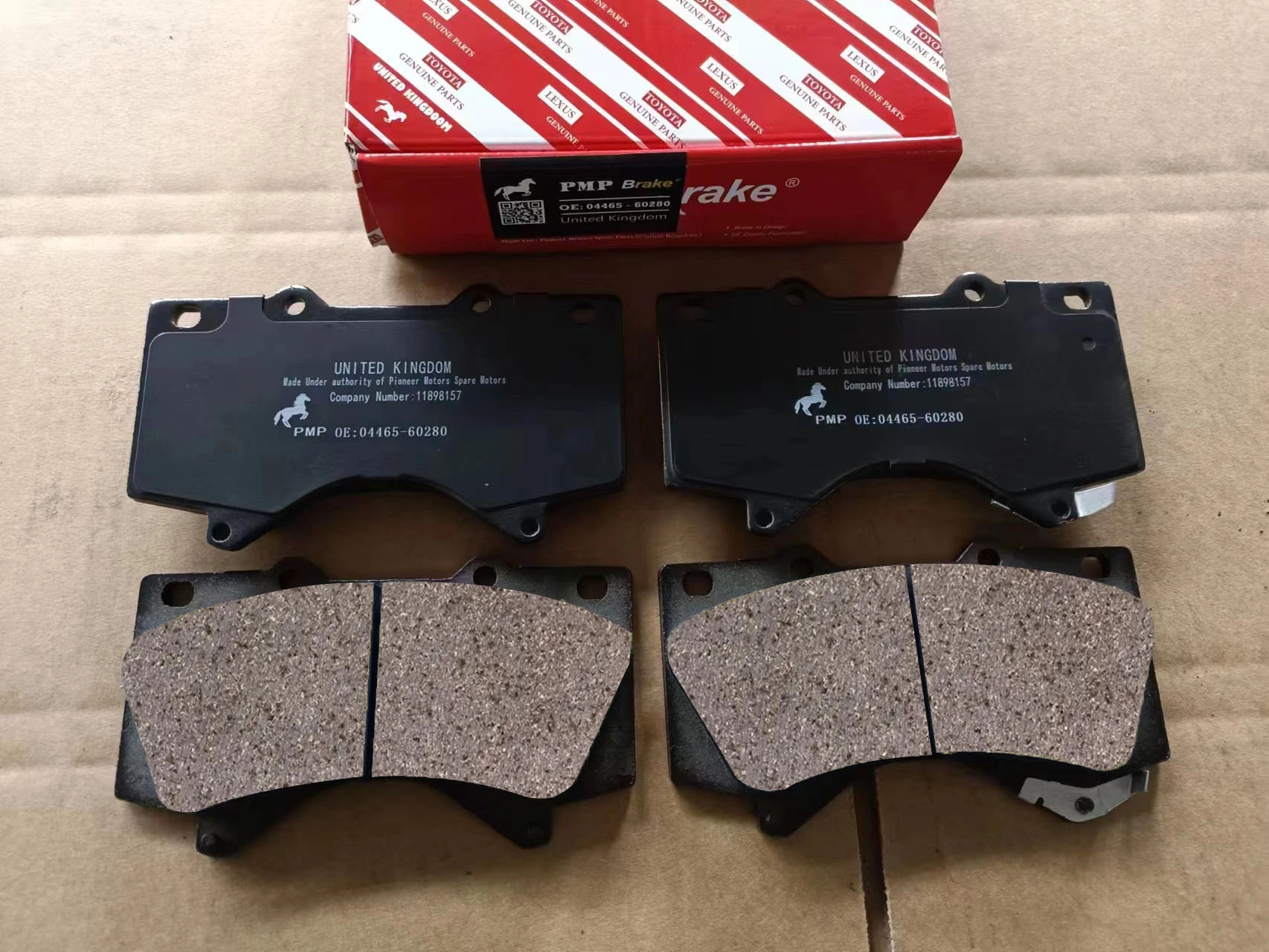
Advantages of Semi Metallic Brake Pads
Semi metallic brake pads offer several advantages over other pad materials:
**Better braking performance**
The metal fibers in semi metallic pads provide strong friction, allowing them to stop better than pads made solely from non-metallic substances. The metals help the pads bite into the rotor quickly for shorter stopping distances.
**More durable**
The metal within semi metallic pads makes them hold up well under hard braking. They resist wear and damage better than pads without metals. Semi metallics typically last longer than most ceramic or organic pads.
**Better high heat tolerance**
Metals can withstand high temperatures from repeated hard stops without fading or warping. Semi metallic compounds are designed to handle the heat of braking friction, keeping pads from overheating and losing braking power during aggressive driving. This makes them well-suited for track days and performance driving.
In summary, semi metallic brake pads offer superb braking power, long life, and strength at high temperatures. For drivers who brake hard frequently or want responsive braking for spirited driving, semi metallics are an excellent choice. Their metallic components give them key advantages over other pad types.
SEMIMETALLIC BRAKE PADS
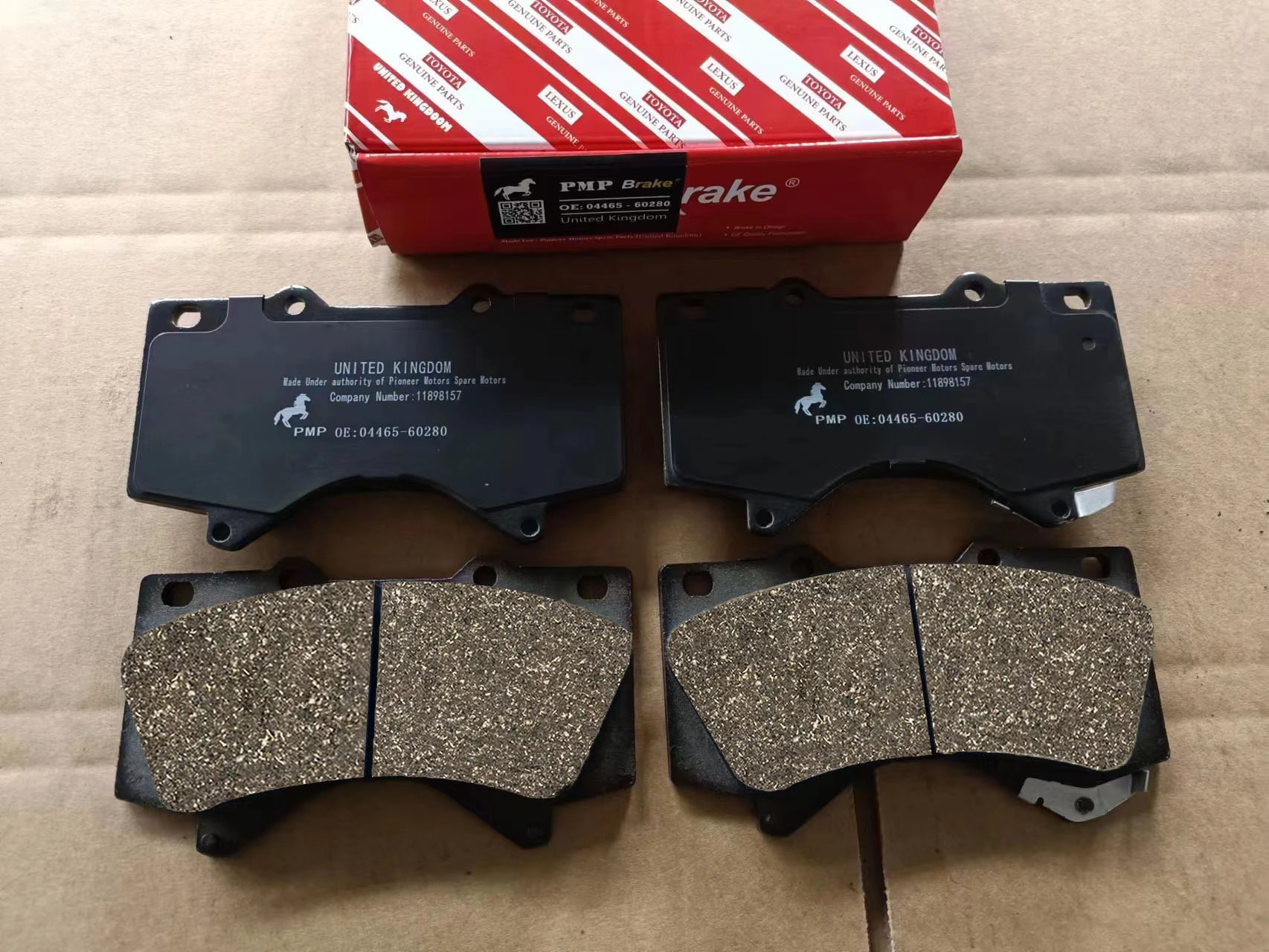
SEMIMETALLIC BRAKE PADS
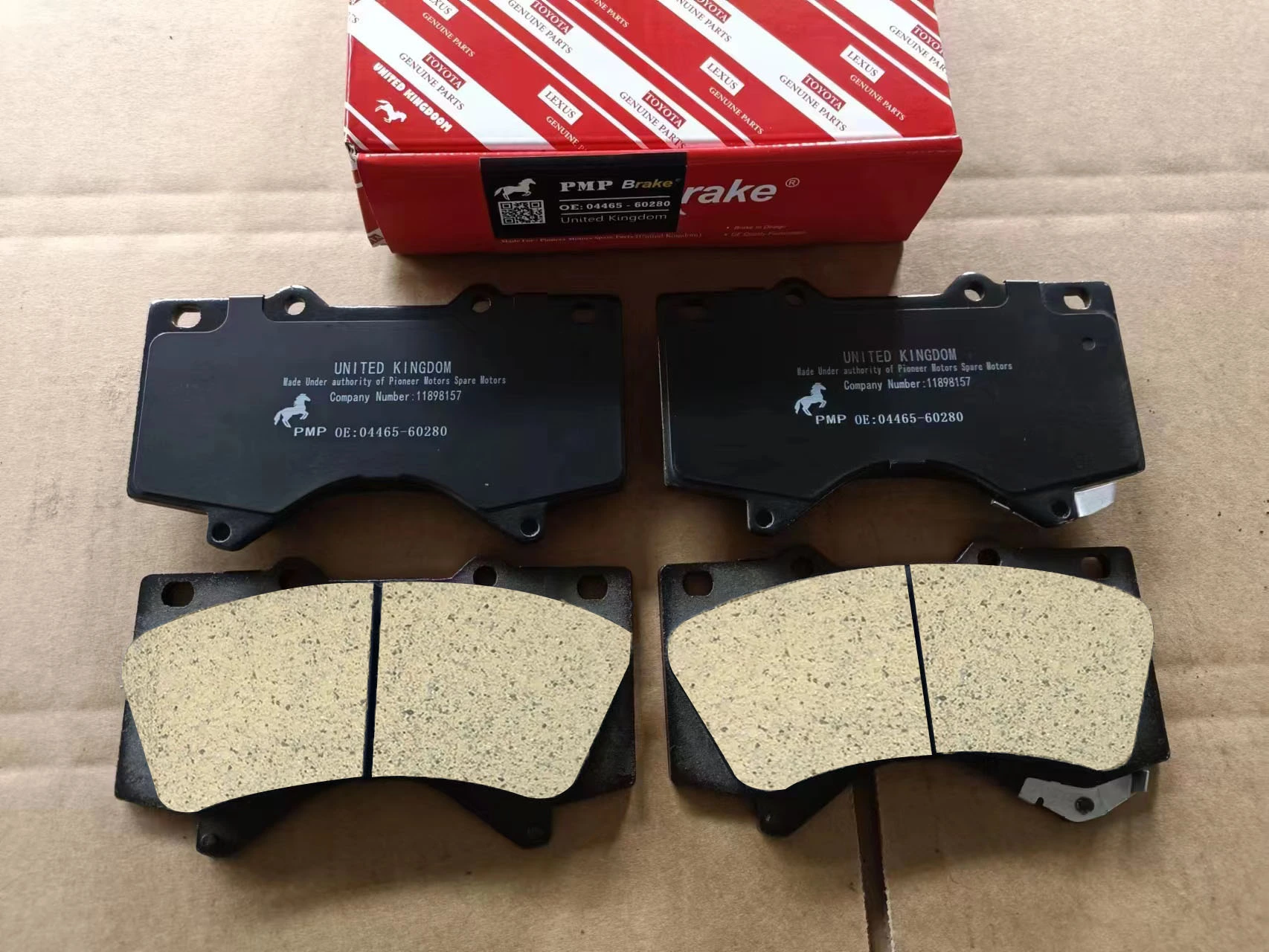
Disadvantages of Semi Metallics Brake Pads
Semi metallic brake pads have some drawbacks compared to other pad materials. The two main disadvantages are:
**More Noise**
Semi metallic pads tend to be noisier than non-metallic pads when braking. The metal content transfers vibrations more readily, resulting in audible squeaking or squealing noises when the brakes are applied. This can be annoying for some drivers. However, the tradeoff is usually better braking performance.
**More Dust**
The metallic content in semi metallic pads also causes them to produce more brake dust than organic pads. Over time, this brake dust accumulates on the wheels and can be difficult to clean. The dust won't negatively affect brake performance, but keeping your wheels looking clean will require more frequent washing.
Overall, the increased noise and dust are relatively minor tradeoffs compared to the improved braking power and durability that semi metallic pads provide. But it's helpful to be aware of these potential drawbacks before choosing a pad compound. With proper maintenance, both issues can be managed.
SEMIMETALLIC BRAKE PADS
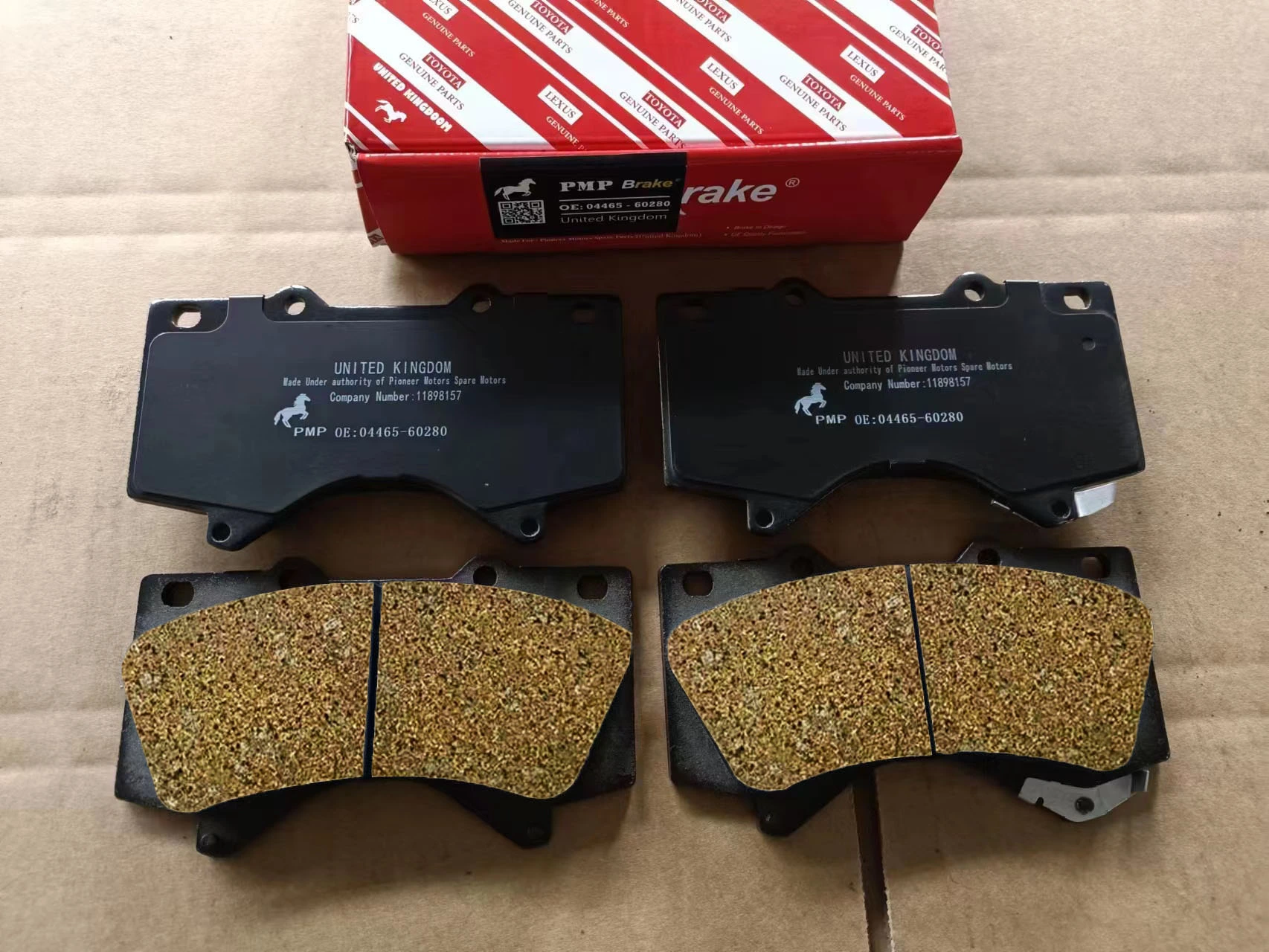
SEMIMETALLIC BRAKE PADS

Best Uses for Semi Metallic BRAKE Pads
Semi metallic brake pads are well-suited for performance driving applications thanks to their high heat resistance and durability. The metallic compounds in the pad can handle repeated hard braking without fading, making them a top choice for track days and amateur racing.
For towing heavy loads, semi metallic pads are a must. The long downhills typical of towing generate tremendous heat, which organic pads may not be able to handle. With their metallic component, semi metallics can withstand the high temps without fading or warping. This gives the driver consistent braking power even after repeated application.
Off-road driving is tough on brake pads. The rough terrain leads to a lot of hard braking situations as drivers navigate obstacles and challenging hills. Semi metallic compounds can take the abuse of off-road driving in stride. Their stable friction at high temperatures ensures reliable braking no matter the conditions. Whether climbing rocks or braking on loose dirt, semi metallic pads offer the performance needed for off-road adventures.
Overall, semi metallic brake pads offer key advantages for performance driving situations thanks to their metallic content. For repeated heavy braking at high speeds or temperatures, semi metallic compounds outperform other pad types. Drivers who value fade resistance and durability should consider semi metallic pads for towing, racing, and off-roading.
Types of Semi Metallic Brake Pads
Semi metallic brake pads can be divided into two main categories based on their metallic content:
Low Metallic Brake Pads
Low metallic brake pads typically contain around 30% metal content by weight. The most common metals used are iron, steel, or copper fibers. These provide the pads with durability and heat resistance, while still maintaining a high friction coefficient.
Low metallic pads tend to be less aggressive and create less dust than higher metallic compounds. They are well suited to typical day-to-day street driving in passenger cars and light trucks. The lower metal content makes them quieter in operation and easier on rotors, but they can suffer fade during repeated heavy braking.
High Metallic Brake Pads
High metallic brake pads contain upwards of 60% metal content by weight. Some racing compounds are as high as 70-80% metals like iron, copper, and graphite. These pads offer superior heat dissipation and wear resistance for extreme use.
The downside is that high metallic pads will be noisier, produce more dust, and cause accelerated wear on rotors. They are best suited to track days, autocross events, and competitive driving where maximum braking performance is needed. Daily use of these pads on the street is not recommended.
The trade off with semi metallic pads is balancing everyday drivability with performance capabilities when needed. Low metallic compounds offer a good blend for most drivers, while high metallic pads are best saved for track days.
How to Choose the Right Semi Metallic Pads
When selecting semi metallic brake pads, it's important to consider your vehicle type, driving conditions, and braking needs. This will help ensure you get the right pads for optimal braking performance.
Vehicle Type
- Larger vehicles like trucks and SUVs need more durable, heavy-duty pads that can handle repeated hard braking. Semi metallic pads are a good choice as they withstand heat well and resist brake fade.
- For lighter passenger cars and sedans, look for semi metallic pads engineered for lower weights and speeds. Getting pads designed for larger vehicles may cause excess vibration and noise.
- Performance vehicles need pads that can handle repeated heavy braking at high speeds. Opt for semi metallic pads with high heat resistance and rotor-gripping friction.
Driving Conditions
- If you drive in cold or wet weather often, get semi metallic pads with grooves, slots or chamfers that allow water dispersal and cleaner braking.
- For hot climate driving, choose pads that resist brake fade and overheating. Make sure the compound and friction material can handle high heat environments.
- If you drive on dirt roads frequently, semi metallic pads with self-cleaning properties will prevent debris buildup for more reliable braking.
Braking Needs
- For mostly city/suburban driving with stop-and-go traffic, prioritize shorter braking distances and low noise. Organic pads may be a better choice than semi metallic.
- If you tow or haul heavy loads often, you'll need pads that can handle repeated heavy braking without fading. Semi metallic compounds are ideal for their high heat thresholds.
- For performance driving or track days, choose high friction semi metallic pads capable of extreme braking temperatures without brake fade. Noise and dust may be traded offs.
By evaluating your specific vehicle and driving needs, you can narrow down the right semi metallic brake pads for safe, responsive braking. Consult manufacturers' fitment guides for further recommendations.
Top Brands for Semi Metallic Pads
When it comes to top brands for semi metallic brake pads, three names stand out from the crowd:
Hawk
Hawk Performance is one of the most trusted names in brakes, known for producing high-quality aftermarket pads and rotors. Their semi metallic pads are engineered for aggressive street use, with high friction formulas that can withstand high temperatures. Hawk's HPS performance street pads are very popular, providing shorter stopping distances, minimal brake fade, and low dust. For more extreme uses, they offer HP Plus pads with more bite.
EBC Brakes
EBC Brakes is another leader in aftermarket brake components, manufacturing their products in the UK and US. They are known for innovation and quality. EBC offers three lines of semi metallic pads: Greenstuff, Redstuff, and Yellowstuff, with increasing levels of friction. Redstuff and Yellowstuff pads are preferred for track and racing use. All EBC pads deliver reliable braking power.
Carbotech
When it comes to track-focused high performance brake pads, Carbotech is a top choice. They produce a wide range of semi metallic compounds to suit different vehicles and uses. Carbotech's AX6 and XP8/10/12 pads are popular options that offer aggressive bite, low dusting, and high fade resistance. Their pads are engineered to withstand extreme heat cycles during competitive motorsports.
These three brands consistently earn praise from drivers for their semi metallic pad offerings. For a combination of street and track performance, improved pedal feel, and reduced brake fade, they deliver premium braking power. Their pads are trusted by enthusiasts and professionals alike.
Installing Semi Metallic Pads
Installing semi metallic brake pads is a relatively straightforward process, though care should be taken to do it properly. Here are the steps for installing semi metallic brake pads:
Safety First
- Park your vehicle on a flat, level surface and apply the parking brake. Block the rear wheels to prevent rolling.
- Wear protective gloves and eyewear. Brake dust contains heavy metals that can irritate skin and eyes.
Remove Wheels
- Loosen the lug nuts on the wheel you'll be working on.
- Raise the vehicle and secure it on jack stands.
- Remove the lug nuts and wheel.
Remove Caliper and Pads
- Locate the caliper bolts and remove them with a socket wrench. There are typically two bolts.
- Carefully remove the caliper from the rotor and secure it to the suspension with a bungee or wire. Don't let it hang by the brake hose.
- Remove the old brake pads and pad hardware like springs, clips, shims, etc. Note their positioning for reassembly.
Install New Pads
- Clean the caliper bracket and lubricate the caliper slider pins as needed.
- Install the new semi metallic pads in the same orientation as the old ones. Replace any pad hardware.
- Push the caliper pistons back into their bores to make room for the new, thicker pads.
Reinstall Caliper and Wheel
- Remount the caliper over the new pads and rotor. Insert and tighten the caliper bolts.
- Put the wheel back on and hand tighten the lug nuts.
- Lower the vehicle, then fully tighten the lug nuts in a star pattern.
Bed In the Pads
- Bedding in or burnishing semi metallic pads is critical for proper performance and pad life.
- Accelerate to about 40 mph and brake moderately to scrub off any impurities. Repeat 5-10 times.
- Avoid hard stops for the first 200 miles to fully seat the pads.
With patience and proper technique, new semi metallic brake pads can be installed successfully. Always refer to the vehicle service manual for full procedures and specifications. Take your time and double check your work for safe braking.
Maintaining Semi Metallic brake Pads
Semi-metallic brake pads require some maintenance to keep them working properly and extend their lifespan. Here are some tips for maintaining semi-metallic brake pads:
Checking Pad Thickness
- Inspect pad thickness regularly. Pads should be replaced when they reach 3/16 inch or less in thickness. Use a ruler or caliper to measure pad thickness through the caliper opening.
- Uneven pad wear between inner and outer pads can indicate a problem with the caliper, slider pins, or hardware. Address any underlying issues before installing new pads.
Cleaning and Lubricating Parts
- Clean the caliper bracket and hardware of any built up brake dust and debris. Use brake cleaner and a brush.
- Lubricate the caliper slider pins and any moving hardware with silicone brake lubricant. This prevents binding and uneven pad wear.
- Never use grease or oil lubricant on brake parts. Use silicone brake lubricant only.
- Make sure slider pins can move freely in their rubber boots after lubricating. Replace any deteriorated rubber boots.
Following these maintenance practices will help semi-metallic brake pads last longer while operating safely and effectively. Check owner's manual for any additional maintenance procedures recommended by the vehicle manufacturer.
Semi Metallic Brake Pads FAQ
Semi Metallic Brake Pads FAQ
What are semi metallic brake pads made of?
Semi metallic brake pads are made from 30-65% metal particulates like copper, iron, or steel bonded to non-asbestos organic materials. This blend gives them advantages like better heat transfer and durability compared to organic pads.
Do semi metallic pads last longer?
Yes, semi metallic pads generally last 2-3 times longer than organic pads. The metal content enables them to withstand heat better and resist wear and tear. Proper break-in and driving style also impact longevity.
Are semi metallic pads noisy?
Semi metallic pads tend to be noisier than ceramic pads, especially when cold. But modern designs have reduced noise through shims, slots, and chamfers. Using high quality pads and proper bedding-in helps minimize noise.
Do semi metallics produce more dust?
Semi metallic pads do produce more dust than ceramics since the pad material wears away over time. But they produce less than old organic pads with asbestos. Using fully sealed hardware can help control dust.
Can I switch from ceramic to semi metallic pads?
You can switch pad types, but the braking system needs to be flushed fully of any old pad material. Not cleaning properly can lead to uneven braking and noise. Talk to a mechanic before switching pad types.
When should semi metallic pads be replaced?
Inspect pads around every 25,000-30,000 miles. Look for the wear indicator tab touching the rotor - that means pads are worn out. Uneven pad wear or deep grooves also indicate the need for replacement.
Do I need new rotors with semi metallic pads?
If rotors still have adequate thickness, you can install new semi metallic pads without replacing rotors. But make sure to thoroughly clean and resurface rotors first to prevent noise and vibration issues.






